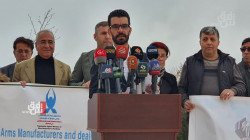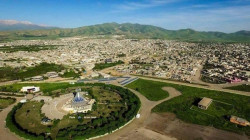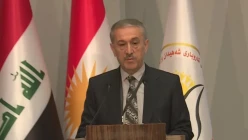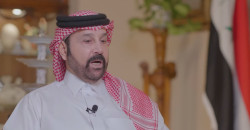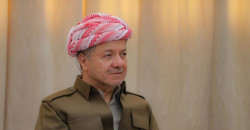Decades after Halabja chemical attack, fate of 400 Iraqi children remains unclear
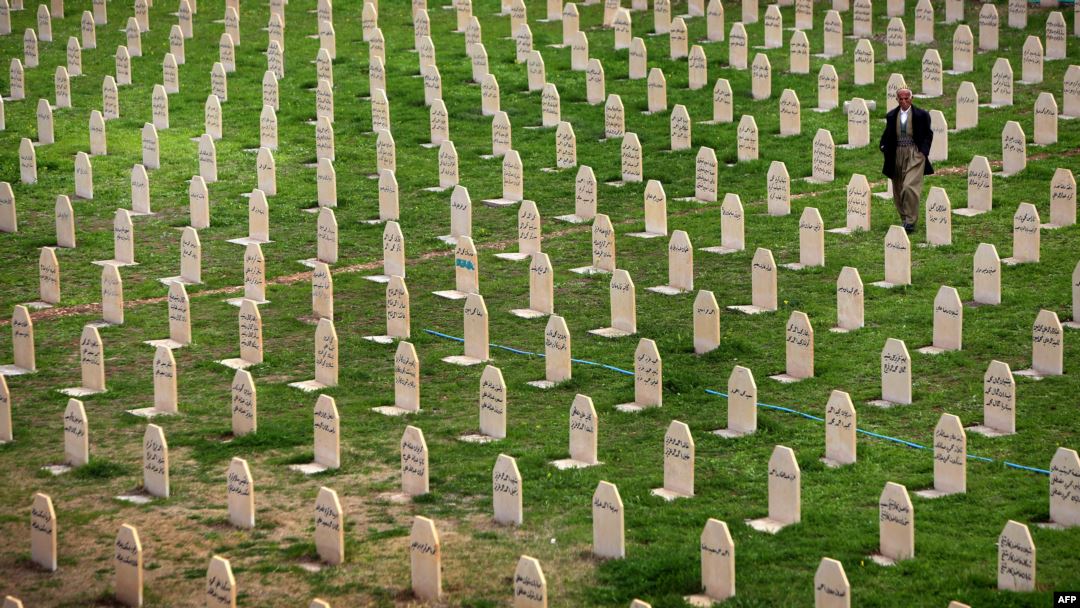
Shafaq News/ More than three decades after the chemical attack on Halabja, the fate of some 400 Iraqi children remains unknown. These children, transferred to Iranian hospitals for treatment following the 1988 attack by Iraq’s former regime, have yet to return home, caught between conflicting circumstances that range from their parents’ deaths during the attack to adoption by Iranian families.
Haji Awat, a survivor of the attack, recounted to Al-Hurra how he lost his younger brother while fleeing to Iran.
"After the bombing, we sought refuge in an underground shelter to escape the airstrikes, but a strange smell, like apples, filled the air, forcing us to abandon the shelter and flee to the mountains bordering Iran," Awat said.
During treatment at an Iranian hospital, he was separated from his mother and sisters, later discovering that his four-year-old brother had gone missing.
Luqman Abdulqadir, head of the Halabja Chemical Attack Victims Association, said the organization has registered 119 missing children, though further inquiries revealed a total of around 400 children displaced by the attack. Abdulqadir emphasized that despite repeated appeals to the Iraqi government and Iranian authorities, official investigations have seen little progress.
Human rights activist Bakhan Fateh criticized the efforts to locate these missing children, noting that many Iranian families are willing to reunite the children with their biological families, but legal complexities slow the process.
She called on the Iraqi government to intensify efforts and simplify repatriation procedures, highlighting the importance of DNA testing to verify family identities.
In a recent initiative, the Kurdistan Regional Government (KRG) formed a specialized committee to pursue the cases of missing children in collaboration with Iranian authorities.
Abdullah Mahmood Mohammad, the KRG Minister of Martyrs and Anfal Affairs announced on Wednesday the creation of a council dedicated to uncovering the fate of children who lost their parents during the chemical attack by the former Iraqi regime in the late 1980s and have since remained in Iran.
"As many families in Halabja and its surroundings fell victim to the bombing, some young children were taken to hospitals in the Islamic Republic of Iran, where they have remained," Mohammad said in a press conference. " Many of these children’s fates remain unknown, so we formed this council with the Cabinet’s approval after long discussions."
“The council includes relevant ministries and government departments in the Region,” Mohammad acknowledged the challenge, given the lack of records concerning these children, affirming that progress, though challenging, was underway.
On March 16, 1988, Iraqi fighter jets bombarded Halabja for five hours, deploying a mix of mustard gas, sarin, and nerve agents, leaving 5,000 dead, mostly women and children, and thousands more injured.
In January 2010, Ali Hassan al-Majid, known as "Chemical Ali" and cousin to then-President Saddam Hussein, was sentenced to death and executed for his role in the massacre.
The attack, known as genocide, was the largest chemical strike against a civilian population of a single ethnic group, targeting Kurds with the intent to punish—a characteristic that aligns with the international definition of genocide, which requires intent to harm a specific group based on ethnicity. The assault took place during the closing days of the Iran-Iraq War, which had spanned eight years.
